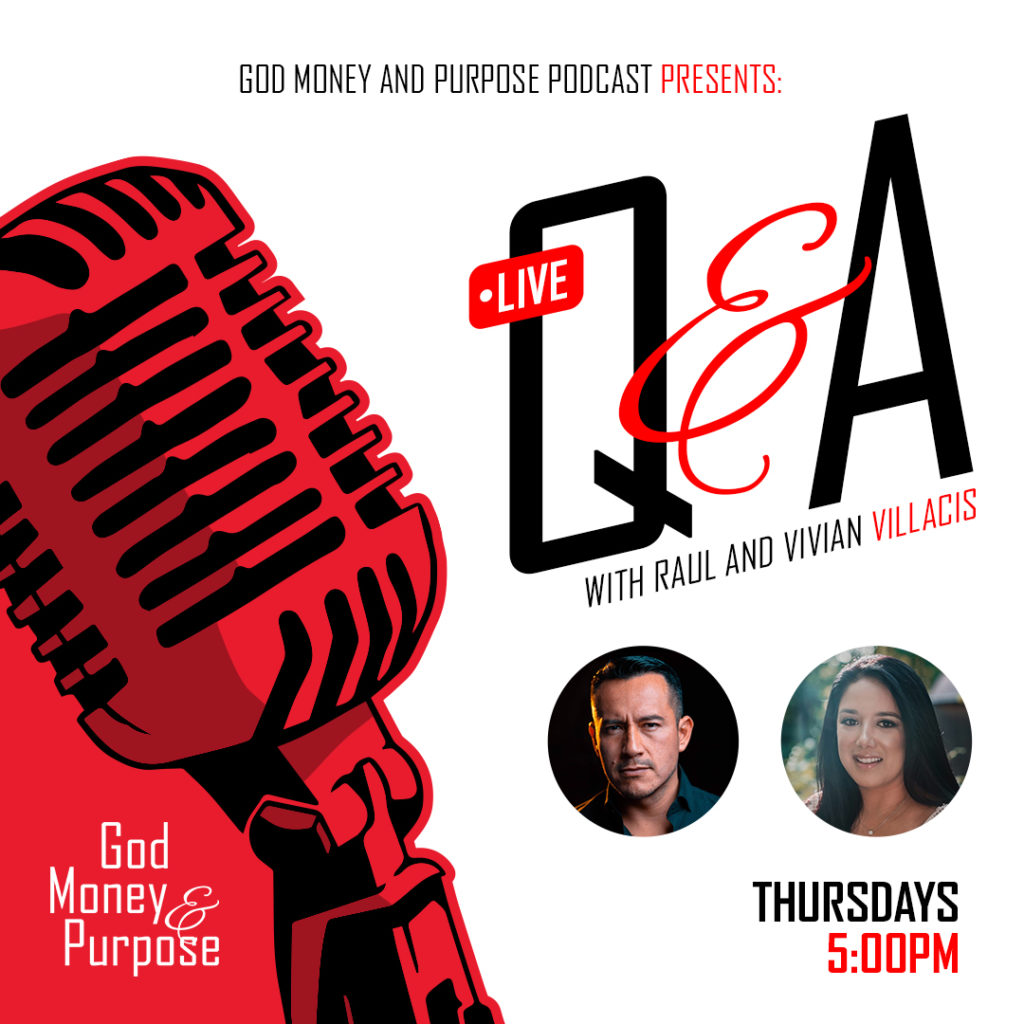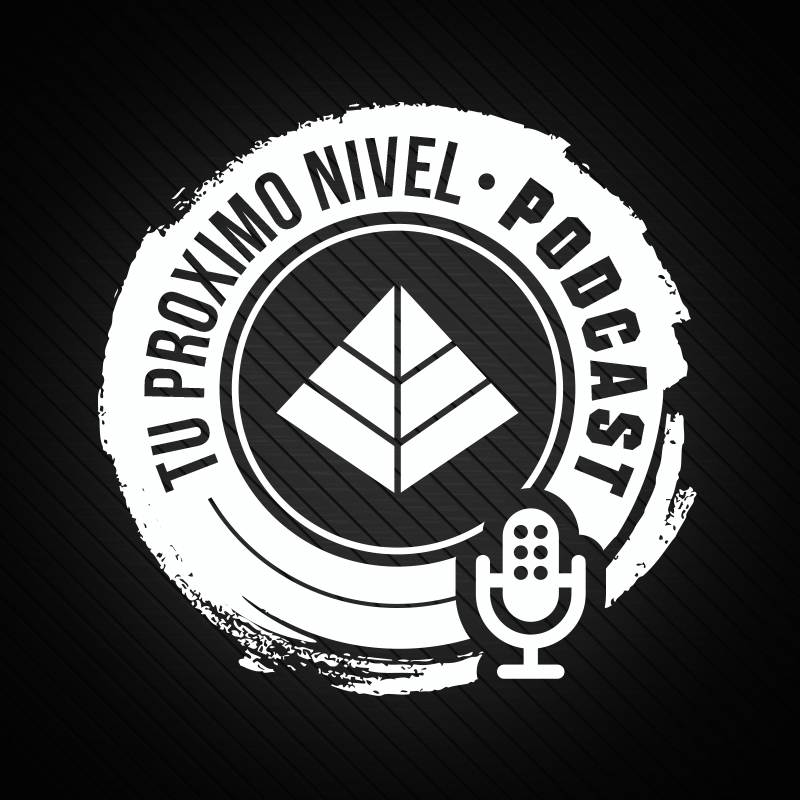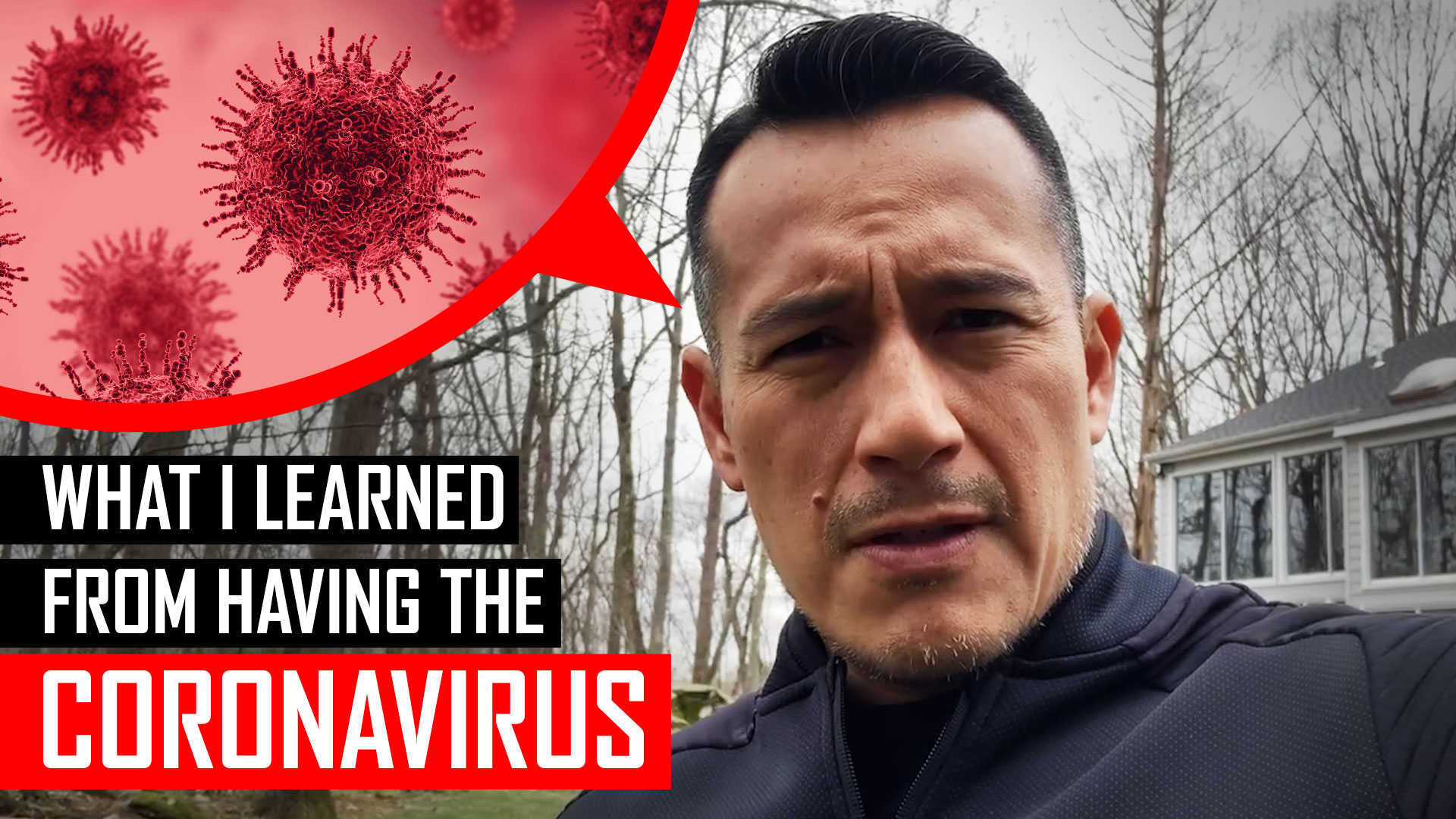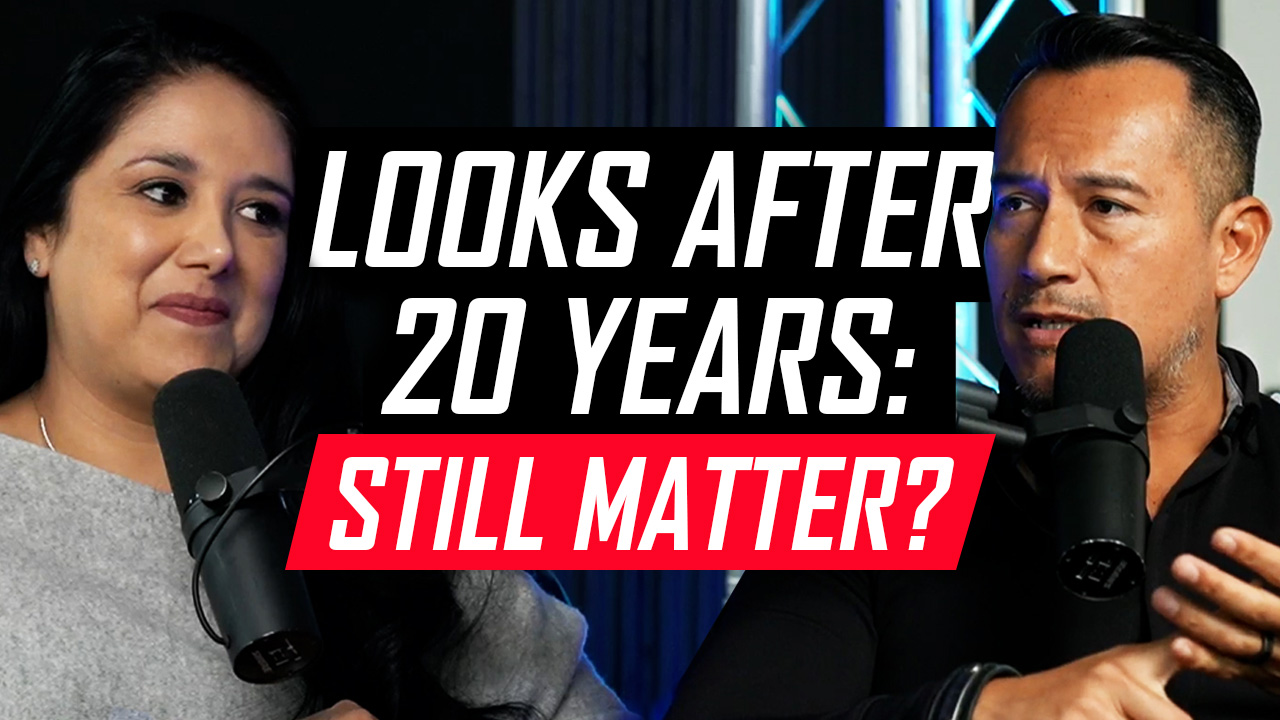Learn Your Partners Love Language

The five love languages, a concept outlined by Gary Chapman in his book of the same name. They are: words of affirmation,quality time, giving and receiving gifts, acts of service, and physical touch. Raul and Vivian have a lengthy discussion about this concept and how they interact with each other and with their children. The discussion is incited by a listener who submits a question, asking how he can make his partner love herself more.
Vivian and Raul’s first answer is that you can’t make someone else love themselves, but they expand on that idea to show how by respecting your partner, and loving your partner, your partner will learn to value herself. The more you show that your partner has value, the more she will believe in her own value. Use the five love languages to express your love to your partner, and learn how to communicate more clearly by “speaking” the love language that your partner understands best. If you and your partner both express your love for each other in a way that the other can understand, in the process you will show each other how you have value and are worthy of love.
Follow Vivian Villacis:
Facebook | Instagram | Youtube
do you have any questions for us? then Join us in our next live q&a podcast.





